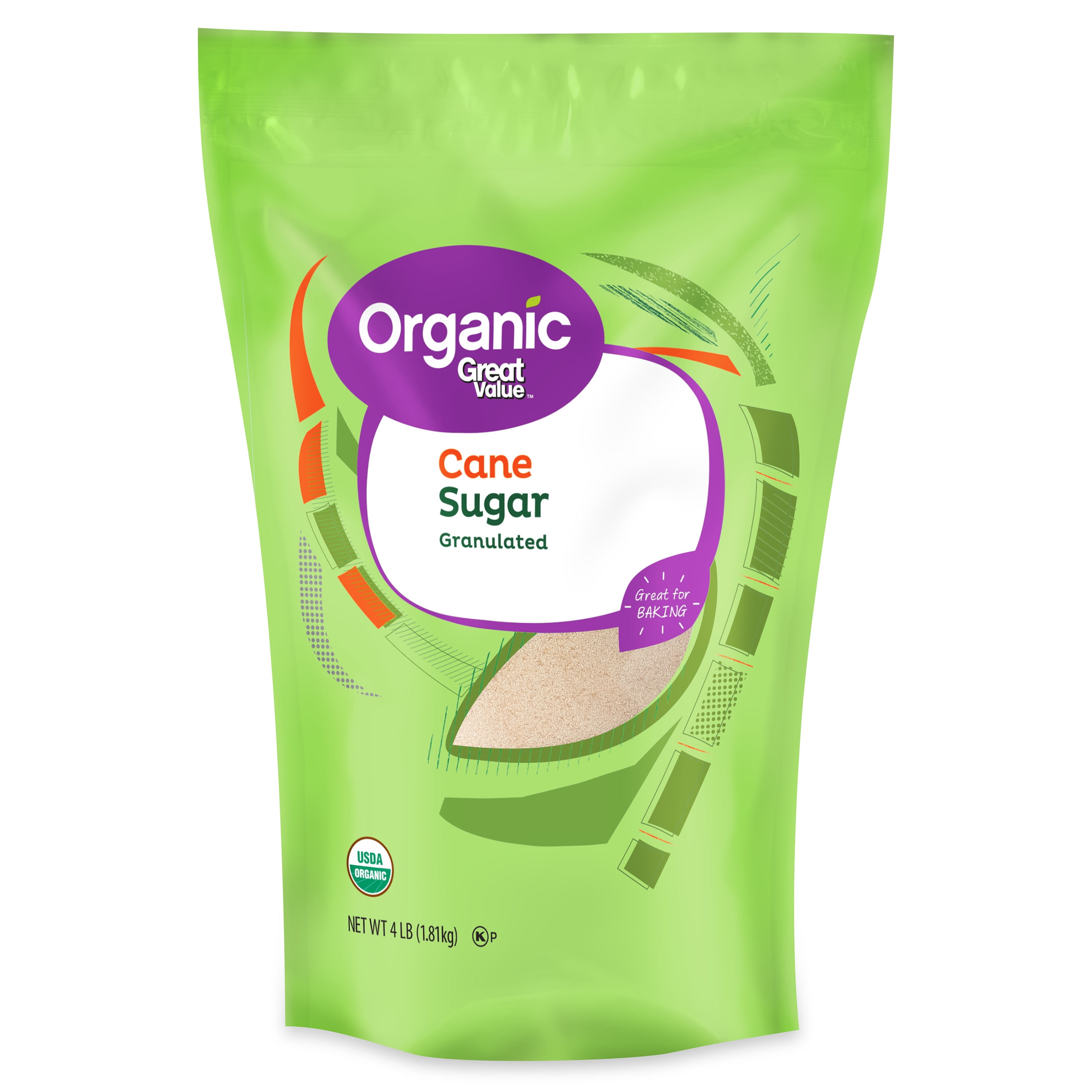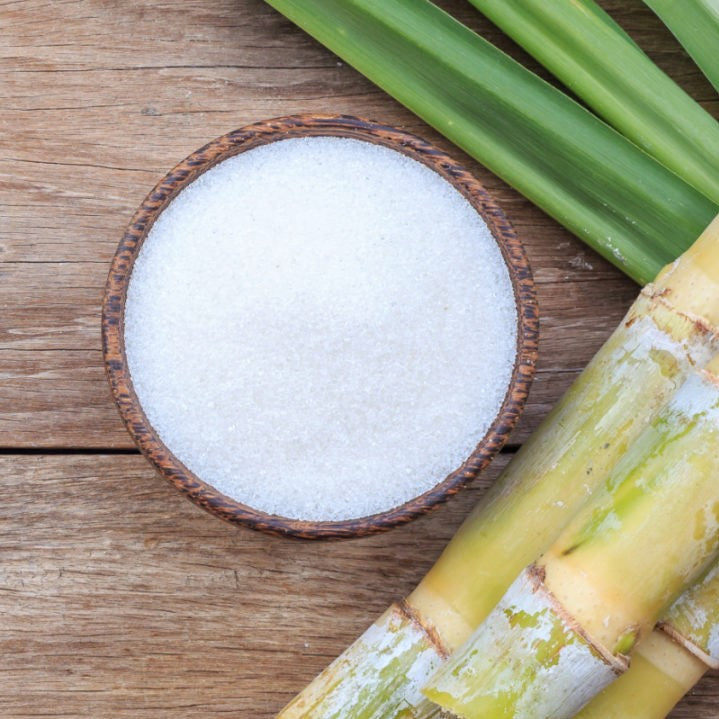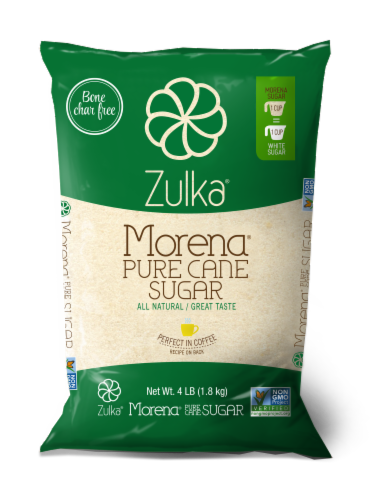The Scientific Research Behind Cane Sugar Processing: Exactly How Sweet Taste is Fine-tuned
The Scientific Research Behind Cane Sugar Processing: Exactly How Sweet Taste is Fine-tuned
Blog Article
Discovering the Comprehensive Tips Involved in Walking Cane Sugar Handling From Collecting to Refinement
The procedure of walking stick sugar manufacturing incorporates a series of detailed steps, beginning with the mindful harvesting of sugarcane and culminating in the improvement phases that guarantee the end product meets sector criteria. Each stage, from the removal of juice to the filtration and crystallization procedures, plays a vital role in establishing the top quality and character of the sugar. Comprehending these phases not only highlights the complexity of sugar manufacturing however likewise increases critical inquiries concerning effectiveness, sustainability, and development in the industry. What ramifications do these variables have for future practices?
Gathering Sugarcane
Harvesting sugarcane is a crucial action in the walking stick sugar processing chain, as it straight influences the top quality and yield of the end product. Correct timing and methods are vital during this phase to guarantee optimal sugar content and reduce losses. Commonly, sugarcane is gathered when it reaches maturity, usually 12 to 18 months after planting, characterized by a high sucrose concentration.

Post-harvest, the sugarcane should be refined swiftly to avoid sucrose destruction. Preferably, gathered walking stick must be carried to processing facilities within 24 hr to maintain sugar quality. For that reason, reliable logistical preparation is critical to keep the honesty of the gathered plant throughout the supply chain.
Removal Refine

The smashed walking stick undergoes a collection of pressing procedures to make the most of juice recovery. Generally, warm water is splashed onto the crushed walking cane, developing a countercurrent flow that assists liquify the sugar while likewise aiding in the removal procedure. The juice accumulated from this operation includes not just sugar yet also various natural compounds and impurities.

To improve removal performance, some centers may employ diffusion methods, where the sugarcane is taken in warm water, enabling the soluble sugars to diffuse right into the liquid. The resulting juice, abundant in sucrose, is after that directed to succeeding processing phases, laying the structure for purification and improvement. The removal procedure is thus essential in determining the high quality and return of the last sugar product.
Filtration Techniques
The filtration techniques used in walking cane sugar handling are vital for changing the raw juice right into a top notch sugar product. These methods mostly aim to get rid of contaminations, such as soil, plant materials, and not natural compounds, which can adversely affect the final item's taste and shade.
Among the most usual filtration methods is explanation. This procedure involves including lime and warm to the raw juice, which facilitates the coagulation of pollutants. The resulting precipitate is then gotten rid of through sedimentation check over here or purification, generating a clearer juice. Furthermore, the use of phosphoric acid can improve the clarification procedure by more binding pollutants.
One more significant technique Visit Website is carbonatation, where co2 is presented to the cleared up juice. This response creates calcium carbonate, which records staying pollutants and advertises their elimination.
Moreover, activated carbon treatment may be related to adsorb any kind of remaining colorants and organic impurities, guaranteeing a much more polished item. The mix of these techniques efficiently prepares the sugar juice for succeeding action in the refining procedure, establishing the stage for the production of high-grade cane sugar.
Formation Approaches
After the purification phase, the next vital action in cane sugar handling entails formation techniques, which play a critical duty in changing the made clear juice into solid sugar. This procedure commonly uses 2 main methods: spontaneous crystallization and regulated crystallization.
In spontaneous crystallization, supersaturated sugar options are permitted to cool normally, resulting in the development of sugar crystals over time. This method is simpler yet may cause irregular crystal dimensions and lower pureness levels. On the other hand, regulated condensation is a more precise method where seeding, focus, and temperature level agents are meticulously handled. This approach permits for the uniform growth of sugar crystals and higher purity.
Throughout condensation, the clarified juice is focused via dissipation, boosting its sugar material up until it reaches supersaturation. As soon as this factor is accomplished, either approach can promote the crystallization click over here now procedure. Cane Sugar Processing. The resultant sugar crystals are then separated from the continuing to be syrup with centrifugation
Ultimately, the selection of formation approach affects the high quality, dimension, and pureness of the last sugar item, making this action essential in the general walking cane sugar processing procedure.
Improvement and Product Packaging
Just how can the purity and high quality of walking cane sugar be additionally enhanced after crystallization? The refinement procedure plays an essential role in achieving high-quality walking stick sugar.
Next, the sugar goes through a procedure called centrifugation, where it is spun at broadband to separate the cleansed sugar crystals from the staying fluid. After centrifugation, the sugar is typically further improved through an approach called carbonization or phosphatation, which utilizes triggered carbon or phosphoric acid to remove shade and off-flavors.
As soon as refined, the sugar is dried out to attain the preferred moisture web content, making certain that it continues to be stable during storage space and transport. The last action includes packaging the polished sugar in moisture-proof and impermeable containers to keep its quality and protect against contamination. Cane Sugar Processing. Appropriate packaging not just prolongs rack life but likewise facilitates simple handling and distribution, ensuring that customers receive sugar that fulfills the greatest standards of pureness and top quality
Final Thought
The comprehensive steps involved in cane sugar processing, from the precise harvesting of sugarcane to the detailed refinement and packaging phases, emphasize the significance of each stage in making certain top quality sugar manufacturing. Ideal harvesting strategies, efficient removal approaches, and extensive filtration processes collectively add to the end product's purity and security. The crystallization and succeeding product packaging practices additionally enhance the integrity and service life of the sugar, highlighting the complexity and accuracy integral in this essential agricultural industry.
The process of walking stick sugar manufacturing encompasses a collection of elaborate actions, beginning with the careful harvesting of sugarcane and finishing in the refinement stages that ensure the final item satisfies industry requirements. Preferably, collected walking stick must be transferred to processing centers within 24 hours to preserve sugar high quality.In spontaneous crystallization, supersaturated sugar remedies are allowed to cool normally, leading to the development of sugar crystals over time - Cane Sugar Processing. The improvement procedure plays an essential function in accomplishing top quality cane sugar.The thorough actions included in walking cane sugar processing, from the careful harvesting of sugarcane to the detailed refinement and product packaging stages, highlight the relevance of each stage in making certain top quality sugar manufacturing
Report this page